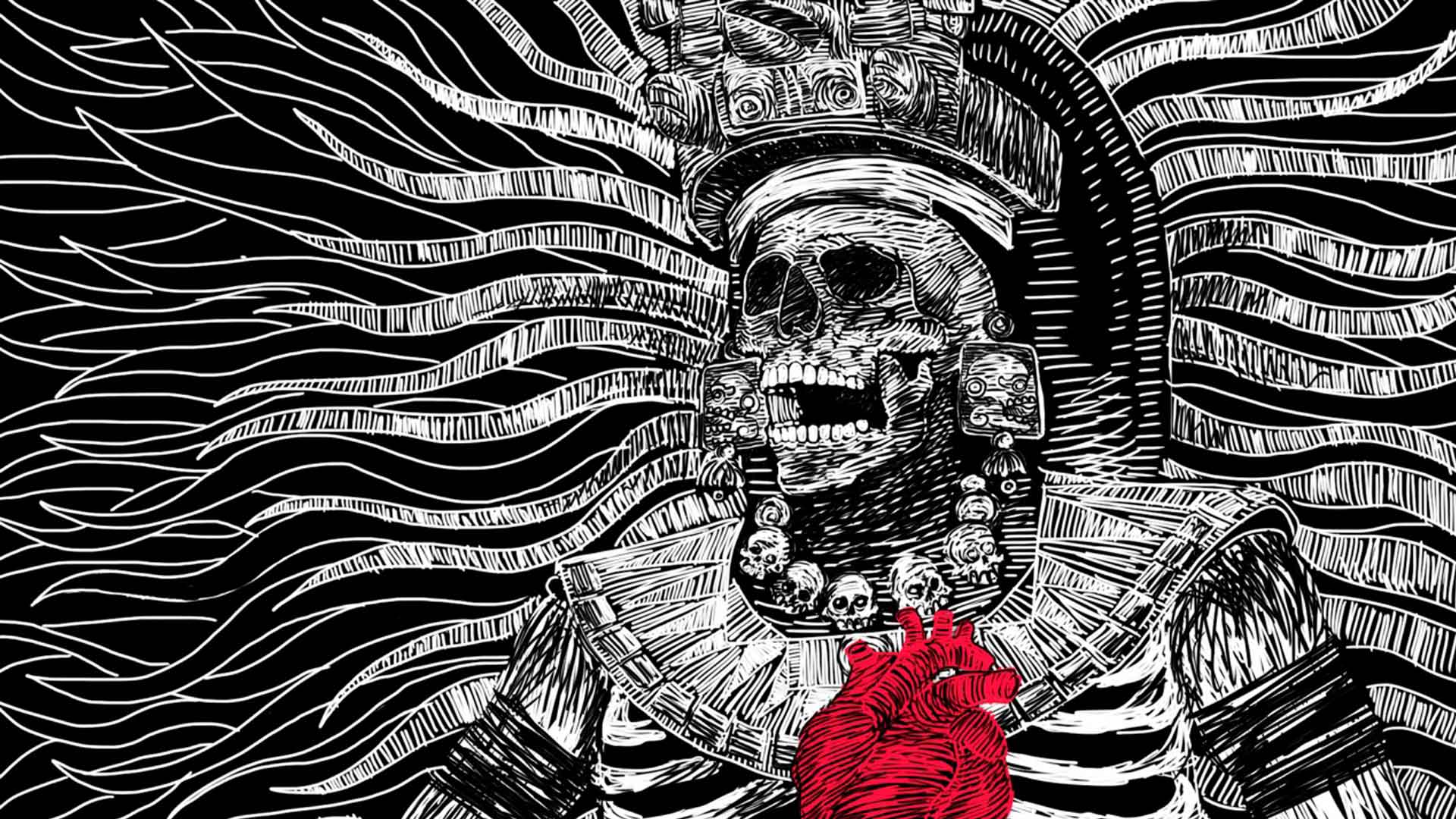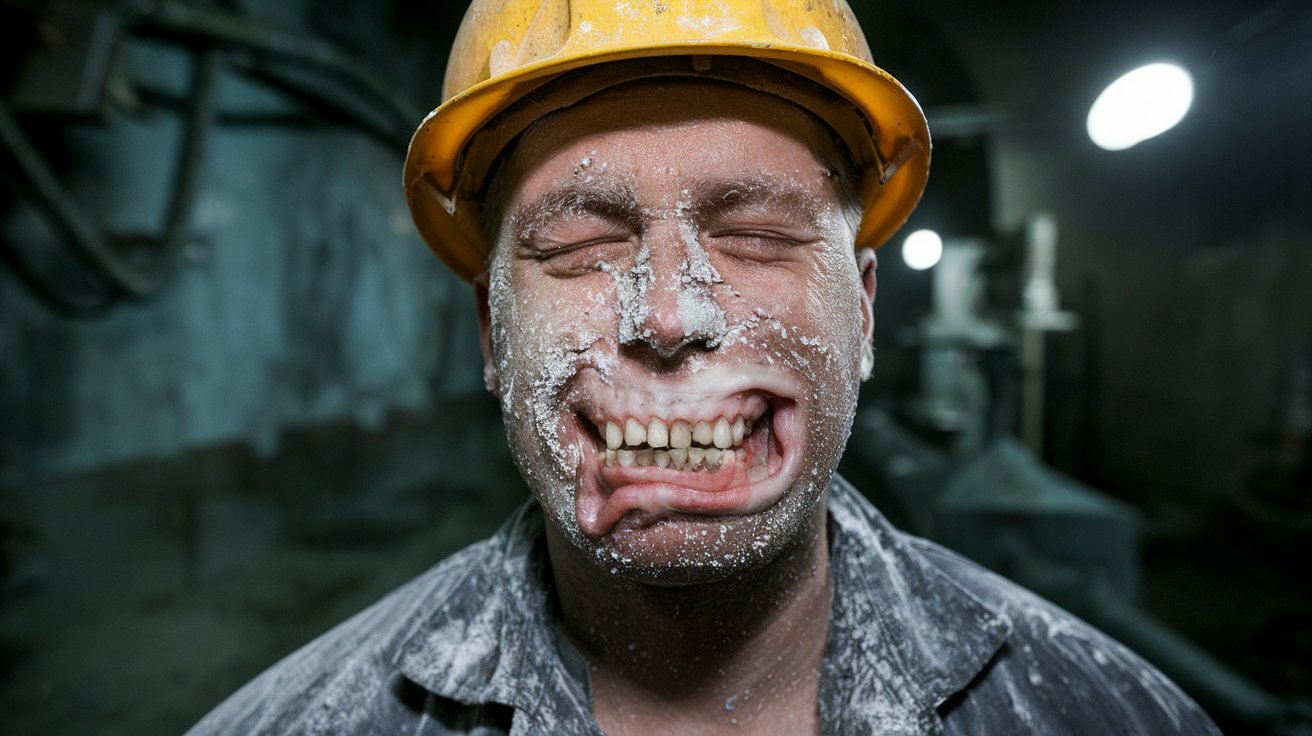
Who is Mictlantecuhtli? Mictlantecuhtli, the Aztec god of death, rules Mictlan, the underworld. Created by the four Tezcatlipocas—Quetzalcoatl, Xipe Totec, Tezcatlipoca, and Huitzilopochtli—he embodies the inevitability of death. Often depicted as a six-foot-tall skeleton with owl feathers and a skull mask, he shares his domain with his wife, Mictecacihuatl. Worship practices for Mictlantecuhtli included human sacrifices and ritual cannibalism, reflecting the Aztecs' complex relationship with death. His presence in the Great Temple of Tenochtitlan underscores his importance in Aztec cosmology. Journey with us as we explore 35 intriguing facts about this formidable deity.
Key Takeaways:
- Mictlantecuhtli, the Aztec god of death, was created by four powerful gods and rules the underworld. He is associated with bones, owls, and the month of Tititl, and is depicted as a blood-spattered skeleton with owl feathers.
- The Aztecs honored Mictlantecuhtli with festivals and sacrifices, believing that he controlled the afterlife. His wife, Mictecacihuatl, shared power over the underworld, and together they governed Mictlan, the Aztec underworld.
35 Facts About Mictlantecuhtli: The Aztec God of Death
Mictlantecuhtli, the Aztec god of death, holds a significant place in Aztec mythology. As the ruler of the underworld, Mictlan, he oversees the journey of souls and maintains order in the afterlife. Let's explore some fascinating facts about this fearsome deity.
Origins and Creation
Understanding Mictlantecuhtli's origins helps us appreciate his role in Aztec cosmology.
-
Mictlantecuhtli was created by the four Tezcatlipocas: Quetzalcoatl, Xipe Totec, Tezcatlipoca, and Huitzilopochtli. These gods were responsible for creating the universe and all its elements, including the sun, humans, maize, and calendar systems.
-
The name "Mictlantecuhtli" translates to "Lord of Mictlán" or "Lord of the Land of the Dead" in the Nahuatl language. Other names used to refer to him include Tzontemoc ("He Who Lowers His Head"), Nextepehua ("Scatterer of Ashes"), and Ixpuztec ("Broken Face").
Physical Appearance
Mictlantecuhtli's appearance is both terrifying and symbolic.
-
Mictlantecuhtli is often depicted as a six-foot-tall, blood-spattered skeleton. His headdress typically features owl feathers, symbolizing death and the night.
-
He may also wear a skull mask, bone ear plugs, and a necklace composed of eyeballs. In some depictions, he is shown wearing clothing made of owl feathers or bark-paper.
Residence and Family
Mictlantecuhtli's home and family play crucial roles in his mythology.
-
Mictlan, the Aztec underworld, consists of nine layers. Mictlantecuhtli and his wife, Mictecacihuatl, reside in a windowless house, which is believed to be located in either the first or last layer of Mictlan.
-
Mictecacihuatl, also known as Mictlantecihuatl, is the queen and ruler of the dead. She is often depicted as a skeletal figure, similar to her husband. Together, they share power over Mictlan and are considered equal partners in governing the underworld.
Attributes and Symbols
Various symbols and attributes are associated with Mictlantecuhtli.
-
Mictlantecuhtli is associated with bones, skeletons, and paper. He is also linked to animals such as bats, dogs, owls, and spiders.
-
His direction is often associated with the north or south, and he is sometimes linked to the planet Pluto.
Worship Practices
The Aztecs had specific practices to honor Mictlantecuhtli.
-
The Aztec calendar dedicates the 17th month, Tititl, to Mictlantecuhtli. This month is significant for the worship and celebration of the god of death.
-
The festival Hueymiccaylhuitl, which honors those who recently died, is another important day for his worship.
-
A god impersonator was often sacrificed to honor the Aztec god of the underworld. The flesh of the impersonator was eaten, emphasizing the close relation of Mictlantecuhtli with ritual cannibalism.
-
Incense was also burned to honor him during the month of Tititl.
Representation in Templo Mayor
Mictlantecuhtli's presence in the Great Temple of Tenochtitlan underscores his significance.
- One of the most prominent representations of Mictlantecuhtli was found at the Great Temple of Tenochtitlan (modern-day Mexico City). Two life-size clay statues were uncovered, guarding one of the entrances.
Aztec Cosmology
Mictlantecuhtli's role in Aztec cosmology is vital.
-
In Aztec cosmology, Mictlan is one of the three parts of the cosmos, along with the Heavens (Ilhuicac) and the Earth (Tlalticpac). The manner of a person's death determines which afterlife they will enter.
-
Mictlan is seen as the place for all souls who cannot get into one of the paradises.
Afterlife Journey
The journey through Mictlan is perilous and requires careful preparation.
-
The dead must travel through the nine layers of Mictlan over a period of four years. This journey is perilous, and those who fail to complete it may not find eternal rest.
-
The final layer, presided over by Mictlantecuhtli, is where souls either dissipate or find solace.
Deal with Quetzalcoatl
Mictlantecuhtli's interactions with other gods are intriguing.
- Mictlantecuhtli and Quetzalcoatl are involved in a significant mythological story. Quetzalcoatl told Mictlantecuhtli that he could take the bones he found, but he must wander around the underworld. However, Mictlantecuhtli tried to trick Quetzalcoatl, but eventually, Quetzalcoatl escaped, and the fifth world began.
Festivals and Celebrations
The Aztecs celebrated Mictlantecuhtli in various festivals.
-
The festival Hueymiccaylhuitl was significant for honoring those who recently died and preparing them for their journey to Mictlan.
-
The remains of dead people were burned during this festival, initiating their trip to the underworld and afterlife.
Sacrifices
Sacrifices were an essential part of worshiping Mictlantecuhtli.
-
The Aztecs performed human sacrifices to appease Mictlantecuhtli and to keep from suffering in the afterlife.
-
These sacrifices were believed to provide a smooth path to Mictlan and appease the god. Those who were sacrificed were sent to a paradise, saved from the dark gloom of Mictlan.
Aztec Pantheon
Mictlantecuhtli is part of a larger pantheon of gods.
-
Mictlantecuhtli is not the only god associated with the underworld or death. However, he is the most prominent figure in Aztec mythology.
-
His equivalent in Mayan mythology is Yum Cimil, and he has similar counterparts in other Mesoamerican cultures.
Physical Traits
Mictlantecuhtli's physical traits are both imposing and symbolic.
-
Mictlantecuhtli's physical appearance is often described as imposing. He stands at a formidable height of six feet and is depicted as a blood-splattered skeleton.
-
His headdress typically features owl feathers, and he may wear a skull mask, bone ear plugs, or a necklace composed of eyeballs.
Depictions in Art
Mictlantecuhtli has been depicted in various forms of Aztec art.
-
He is often shown wearing sandals to symbolize his high rank as the Lord of Mictlan.
-
Additional depictions show him with his arm held out in an aggressive pose, ready to tear apart the dead as they come into his presence and realm.
Cosmic Origins
Mictlantecuhtli's creation story is part of a larger cosmic narrative.
-
In the Aztec creation story, Ometecuhtli and his wife Omecihuatl bore four children: Xipe Totec, Tezcatlipoca, Quetzalcoatl, and Huitzilopochtli. These gods began creating the universe, including the sun, humans, maize, and calendar systems.
-
Mictlantecuhtli and Mictecacihuatl were created last, overseeing the realm of death.
Family Members
Mictlantecuhtli's family members include other significant gods.
-
Mictlantecuhtli's family members include his father figures: Quetzalcoatl, Xipe Totec, Tezcatlipoca, and Huitzilopochtli.
-
His wife is Mictecacihuatl, who is also the ruler of the dead. This binary god system is characteristic of Aztec mythology, where deities are often portrayed in male-female pairs sharing dominion over their respective realms.
Direction and Element
Mictlantecuhtli's associations with direction and elements reflect his role.
- Mictlantecuhtli is associated with the north or south direction and the element of earth. These associations reflect his role as the ruler of Mictlan, the underworld.
Patron of Death
Mictlantecuhtli's role as the patron deity of death is significant.
- Mictlantecuhtli is the patron deity of death and the dead. His month of worship is Tititl, and he is often linked to the planet Pluto.
Symbols and Offerings
Various symbols and offerings are associated with Mictlantecuhtli.
- Mictlantecuhtli is associated with various symbols, including bones, skeletons, and paper. Paper is a common offering for the dead, reflecting the importance of written records in Aztec culture.
Mictlantecuhtli: The Aztec Lord of Death
Mictlantecuhtli, the Aztec god of death, holds a crucial place in Aztec mythology. As the ruler of Mictlan, the underworld, he oversees the journey of souls through its nine perilous layers. His fearsome appearance, often depicted as a blood-spattered skeleton with owl feathers, symbolizes his dominion over death and the night. Worship practices, including human sacrifices and offerings, highlight the Aztecs' reverence and fear of him. Mictlantecuhtli's role extends beyond mere death; he ensures order in the transition from life to the afterlife. His partnership with his wife, Mictecacihuatl, underscores the balance of power in the underworld. Representations in art and festivals like Hueymiccaylhuitl reflect his cultural significance. Understanding Mictlantecuhtli offers a glimpse into the Aztec worldview, where life, death, and the cosmos are intricately connected.
Frequently Asked Questions
Was this page helpful?
Our commitment to delivering trustworthy and engaging content is at the heart of what we do. Each fact on our site is contributed by real users like you, bringing a wealth of diverse insights and information. To ensure the highest standards of accuracy and reliability, our dedicated editors meticulously review each submission. This process guarantees that the facts we share are not only fascinating but also credible. Trust in our commitment to quality and authenticity as you explore and learn with us.


